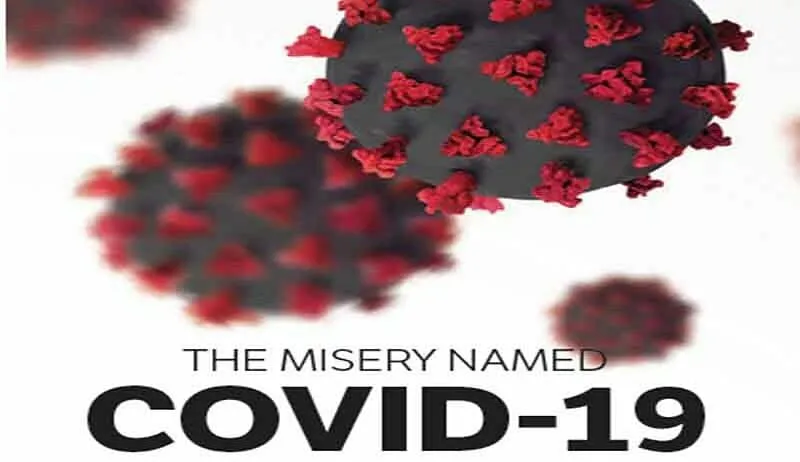Enigma and its decoding is something we have known about. It is something of the science that really captivates. The communication needs of telegraphy and radio and the maturing of mechanical and electromechanical technology came together in the 1920s to bring about a major advance in cryptodevices: the development of rotor cipher machines. Although the concept of a rotor had been anticipated in the older mechanical cipher disks, American Edward H. Hebern recognized in about 1917 (and made the first patent claim) that by hardwiring a monoalphabetic substitution in the connections from contacts on one side of an electrical disk (rotor) to contacts on the other side and then cascading a collection of such rotors, polyalphabetic substitutions of almost arbitrary complexity could be realized.
Cryptanalysis of the Enigma ciphering system enabled the western Allies in World War II to read substantial amounts of Morse-coded radio communications of the Axis powers that had been enciphered using Enigma machines. This yielded military intelligence which, along with that from other decrypted axis radio and teleprinter transmissions was given the codename Ultra. This was considered by western Supreme Allied Commander to have been “decisive” to the Allied victory.
The Enigma machines were a family of portable cipher machines with rotor scramblers. Good operating procedures, properly enforced, would have made the plugboard Enigma machine unbreakable. However, most of the German military forces, secret services and civilian agencies that used Enigma employed poor operating procedures, and it was these poor procedures that allowed the Enigma machines to be reverse-engineered and the ciphers to be read.
During the World War II, this subject remained relatively unknown not only to the general public, but also to people professionally involved in cryptological research. For example, the story of Enigma is rarely a part of a modern textbook on cryptology or a modern course on cryptography and network security. There exist multiple reasons for this situation. First, there are still a few unresolved issues, resulting from conflicting reports, the lack of reliable sources, and a long period required for declassifying documents related to any cryptological activity. Secondly, the issue is highly political, and there is little consensus in weighing the contribution of all involved countries. Thirdly, many contemporary cryptologists honestly believe that there is little to learn from the analysis of old cryptosystems, because of the tremendous progress in theory and practice of cryptography and a little similarity between old and modern ciphers.we confront the opinions by presenting a look at the current state of knowledge about cryptological methods and devices used to break Enigma. We introduce all major players involved in these activities, and we make an effort to weigh their original contributions. Finally, we show that the story of Enigma can still provide contemporary cryptographers with many useful lessons regarding the way of organizing and building any large-scale security system. During World War II, the Germans had the advantage of Enigma—a rotor cipher machine to send secret messages. Everyday, the Nazis would change Enigma machines’ settings to one of 158 quintillion so that cracking their transmissions became humanly important.
At present the world is hit by a war like situation although not exactly the war, every aspect of living be it economic, social, political, health, education etc., has been drastically affected. The Virus is analogous to an Enigma presenting an urgent need for breaking some kind of hidden code associated with it and as such controlling it and thus overcoming further risks associated with this crisis at large.
In the past some kind of work has already been done in this direction, we are well aware of the fact that scientists have cracked the code used by a major group of viruses to spread infections such as the common cold, HIV, hepatitis C and polio in the human body, a finding that could lead to new drugs to combat the diseases.
Until now scientists had not noticed the code, which had been hidden to plain sight in the sequence of the ribonucleic acid (RNA) that makes up this type of viral genome. Researchers from the University of Leeds and University of York unlocked its meaning and demonstrated that jamming the code can disrupt virus assembly. Stopping a virus assembling can stop it functioning and therefore prevent disease. Similar kind of approach is needed in combating COVID-19. If one thinks of this as molecular warfare, these are the encrypted signals that allow a virus to deploy itself effectively, so we need to break this encryption.
Now, for this whole class of viruses, we have found the ‘Enigma machine’ – the coding system that was hiding these signals from us. We have shown that not only can we read these messages but we can jam them and stop the virus’ deployment. All we need is a well established coding system.
Rhinovirus (which causes the common cold) accounts for more infections every year than all other infectious agents put together (about 1 billion cases), while emergent infections such as chikungunya and tick-borne encephalitis are from the same ancient family. Other single-stranded RNA viruses include the hepatitis C virus, HIV and the winter vomiting bug norovirus.
The group of researchers used single-molecule fluorescence spectroscopy to watch the codes being used by the satellite tobacco necrosis virus, a single stranded RNA plant virus.
We have understood for decades that the RNA carries the genetic messages that create viral proteins, but we didn’t know that, hidden within the stream of letters we use to denote the genetic information, is a second code governing virus assembly.All this information and techniques can be put together to control the present day crisis.






